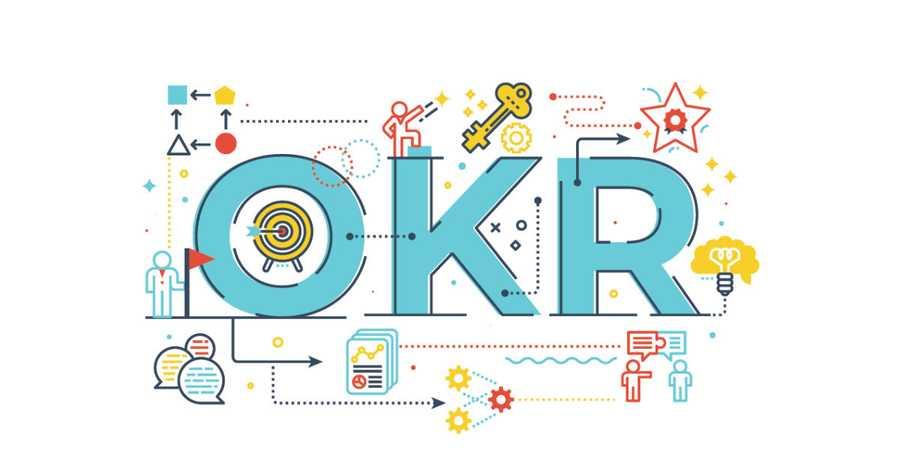Defining objectives and key results for your product team | Productboard
productboard.com
14 ideas
·1.83K reads
6
2
Learn more about personaldevelopment with this collection
How to align stakeholders
Best practices in product management leadership
How to create value together
Avoiding The Factory Approach
A lot has been said about avoiding the feature factory approach to product management. No one wants to work on a product as though they’re “sitting in a factory, cranking out features, and sending them down the line,” without knowing if they’re actually having any impact. It’s the definition of aimless busywork. It’s jumping straight from one project to the next, with no evaluation of whether past efforts made a difference. It’s a fixation over shipping features regardless of the actual outcomes they drive for your users and your business.
27
201 reads
Defining Objectives And Key Results For Your Product Team
Objectives And Key Results (OKRs) are credited for the rise and dominance of companies like Intel and Google, where it has helped them move mountains while maintaining alignment and agility at scale. And it’s been employed by thousands of smaller organisations that are plenty agile, yet looking to focus their scattershot efforts on one clear strategy.
The logic behind OKRs is intuitive, time-tested, and universal to defining good objectives in general.
27
205 reads
OKRs Explained
OKRs provide a flexible hierarchy of objectives that cascade down through every team and individual. Everyone knows what to focus on. Everyone’s objectives are aligned.
Objectives are inspirational (qualitative) goals that communicate the business outcomes you’re looking to reach. They’re timebound, most often to a quarter, or sometimes to a year.
Key results are the 3-5 indicators (often quantitative goals/KPIs) associated with each objective that help you track your progress and ultimately determine whether the objective has been met.
32
170 reads
The Pyramid
The key results at the organisational level can become objectives for the next level down — whether that’s division, department, or team (depending on the size of your organisation). The further down you go, the more specific and tactical the objectives become.
25
157 reads
Company OKRs
A company’s highest objective is stated in its mission statement, but when discussing top-level objectives, we typically mean the goals the company aims to reach in the next quarter, half-year, or year.
Company objective: Expand our impact by selling to the enterprise (by end of quarter)
— KR: Win 20 new enterprise deals
— KR: Grow sales-touched revenue by 20%
— KR: Grow ARPA by 15%
— KR: Launch major product initiative Y
29
137 reads
Product Team OKRs
The product team’s objectives are often especially closely aligned with the organisation’s at large.
Even at larger organisations like Google where objectives exist at the parent company, company, division, subdivision, function, team, and individual level, a company-wide objective (e.g. Increase market share within segment Z) may skip multiple levels to be assigned to an individual team! What a thrill to have the entire company rallied behind your success, but quite some pressure too.
25
118 reads
Individual OKRs
If you’re a product manager, your objectives will likely address a handful of user needs or business goals. Key results may include the successful launch of major features and the indicators you use to measure desired outcomes.
Objective: Help customers better categorise their data for rapid retrieval
— KR: Ship tag management
— KR: Ship advanced search
— KR: 80% decrease in support tickets related to tags
If you work at the director or VP level, or if you’re a product manager at a startup, you will likely own the objectives of your team of product managers, department, or division.
26
106 reads
Choosing Your Own OKRs
By choosing your own objectives and key results, you use the context you have from the frontlines to decide the best way you can generate value for your customers and your organisation. And in the mid-term, inputs that employees on the frontlines feedback to leadership can influence the top-level objectives set for future cycles.
25
108 reads
Don’t tell people what to do; tell them what you need accomplished, and you’ll be amazed at the results
GENERAL PATTON
36
142 reads
Succeeding with OKRs
The primary purpose of OKRs is not just to document, but galvanize. If OKRs are to be made sufficiently ambitious, they need to be kept separate from performance evaluations. Otherwise goals tend to be set too conservatively to do much good. This is especially true of moonshot OKRs.
If you find moonshot OKRs are being met with close to a 100% success rate, you’re probably not setting ambitious enough targets.
29
108 reads
Counter-Balance Your Key Results
When setting key results, consider what negative outcomes they might incidentally incentivize. Aim to counterbalance these.
Keep an eye out for blind spots! If you’re setting key results to validate whether users are getting value from a new feature, it’s likely not enough to verify that they configure it (adoption). You’ll also want to ensure that they’re coming back on a regular basis (engagement).
25
92 reads
Don’t Forget Your OKRs
To get full value from OKRs, post them where you’ll see them every day, or adopt a dedicated OKR management solution and refer to it on a regular basis. Capture product OKRs in a product management solution like Productboard where you can use objectives to prioritise and plan supporting feature ideas. Score your key results to indicate your confidence that you’ll meet them and update regularly.
26
89 reads
Life Beyond The Factory
OKRs bring the promise of greater focus, alignment, and measurable progress toward exciting outcomes. They require an upfront investment and ongoing attention, but hopefully with the tips we’ve reviewed here you’ll be well on your way.
As with all things, sometimes your best bet is to start small and just get started. You can take OKRs for a trial run and adjust as you go.
26
88 reads
CURATED BY
CURATOR'S NOTE
Whether you’re new to objectives and key results (OKRs) or just brushing up, this stash aims to help you feel more confident about driving your product team toward clear, measurable outcomes in 2021
“
More like this
Read & Learn
20x Faster
without
deepstash
with
deepstash
with
deepstash
Access to 200,000+ ideas
—
Access to the mobile app
—
Unlimited idea saving & library
—
—
Unlimited history
—
—
Unlimited listening to ideas
—
—
Downloading & offline access
—
—
Personalized recommendations
—
—
Supercharge your mind with one idea per day
Enter your email and spend 1 minute every day to learn something new.
I agree to receive email updates



